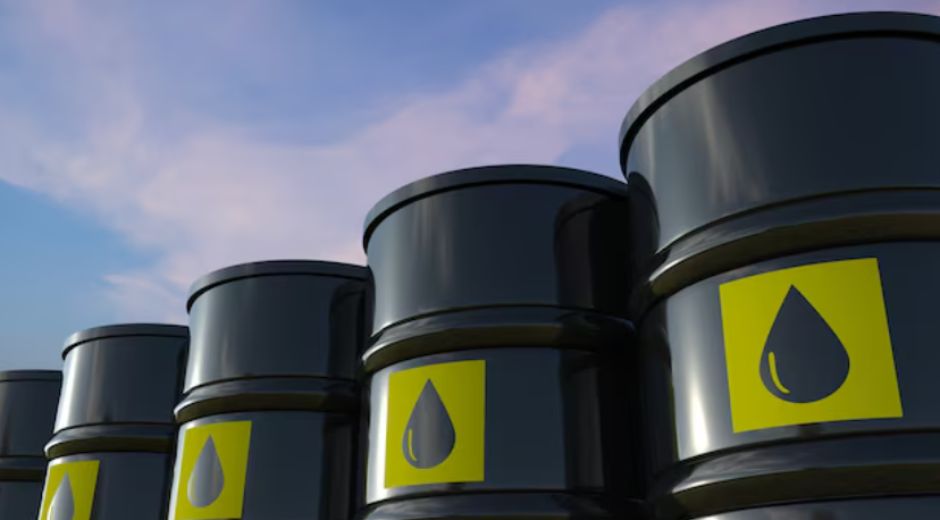Oil Prices in 2025: What’s Driving the Market & Where It’s Going
As we move further into 2025, the world is closely watching oil prices, which continue to play a critical role in the global economy. From transportation and energy production to manufacturing and geopolitical strategies, oil remains one of the most valuable and volatile commodities. But what’s really driving oil prices in 2025, and where are they headed? In this article, we’ll explore the key factors influencing oil prices this year and what analysts predict for the near future.
How Are Oil Prices Set?
Oil prices are determined by a complex interplay of global supply and demand, speculative trading, geopolitical tensions, and decisions made by major producers like OPEC+. While benchmark prices like Brent Crude and West Texas Intermediate (WTI) provide standardized measures, market fluctuations are affected by dozens of variables. In 2025, several forces are combining to reshape how we understand oil pricing.
Key Factors Influencing Oil Prices in 2025
Let’s break down the most important elements currently impacting oil prices:
- OPEC+ Production Levels: The Organization of the Petroleum Exporting Countries (OPEC) and its allies continue to adjust production quotas. Recent meetings in early 2025 have resulted in cautious output increases, aimed at balancing market needs with price stability.
- Global Demand Recovery: With major economies like the U.S., China, and India fully rebounding from past slowdowns, demand for oil is rising. Despite the growth in renewables, fossil fuels still account for a large portion of global energy use.
- Geopolitical Tensions: Political instability in key oil-producing regions, including the Middle East and parts of Africa, has kept markets on edge. Conflicts or sanctions can quickly cause oil prices to spike due to fears of disrupted supply.
- Energy Transition Policies: More countries are aggressively pursuing carbon neutrality goals. However, this shift is creating uncertainty, especially when supply can't keep up with energy demands during transitions.
- Speculative Trading: Hedge funds and institutional investors are placing bigger bets on oil futures, contributing to short-term price swings and volatility.
Current Price Trends
As of Q4 2025, Brent crude has been trading between $82 and $91 per barrel, while WTI hovers in the $78 to $87 range. These prices reflect a delicate balance: enough global demand to support high prices, but not so much supply disruption that it causes economic damage. Analysts from Bloomberg and Reuters suggest that prices may stay within this band for the remainder of the year—unless a major geopolitical shock changes the landscape.
Emerging Economies & Oil Demand
Rapid industrialization in countries like Indonesia, Brazil, and several African nations is driving new demand for oil. These emerging economies are expanding infrastructure, transportation, and energy systems that still rely heavily on fossil fuels. Their increasing consumption could keep oil prices elevated despite decarbonization efforts in wealthier nations.
U.S. Shale Production & Its Role
U.S. shale oil has become a major player once again in 2025. Technological improvements and rising prices have encouraged producers in Texas and North Dakota to ramp up operations. While production levels have recovered from previous lulls, the sector faces new scrutiny over environmental impact and water use. Nevertheless, U.S. output is helping to moderate price spikes.
Climate Policy & Oil Price Volatility
Climate policy decisions in Europe, North America, and parts of Asia are indirectly affecting oil prices. For instance, higher carbon taxes and subsidies for electric vehicles reduce demand, while at the same time constraining supply-side investment in fossil fuel infrastructure. According to recent analysis from CNN, the world’s transition to clean energy could paradoxically increase oil price volatility in the short term.
Expert Predictions: What’s Next?
So what’s the outlook for oil prices in 2025 and beyond?
- Goldman Sachs forecasts Brent crude averaging $89/barrel through late 2025, driven by tight supply and sustained demand.
- The International Energy Agency (IEA) notes that price stability will depend on OPEC+ cooperation and macroeconomic trends.
- UBS expects brief spikes up to $95/barrel in cases of geopolitical stress, particularly around Iran or Russia.
Overall, the consensus is for a moderately high price environment, barring major economic or environmental shocks.
How Oil Prices Impact You
Whether you’re a consumer, investor, or policymaker, oil prices affect daily life. Higher oil prices mean more expensive gasoline, heating, and food transportation costs. For investors, oil can offer speculative opportunities but comes with risks. For nations, it shapes inflation rates, trade balances, and energy policy decisions.
To understand how broader commodity trends connect with your investments, read our commodity price guide for 2025.
Conclusion: A Critical Year for Energy Markets
2025 is shaping up to be a critical year for energy markets. Oil prices remain a central concern for economies, industries, and individuals alike. With OPEC+ maneuvering, economic recovery continuing, and green energy transitions unfolding in real time, it’s more important than ever to stay informed. Whether prices stabilize, soar, or plunge will depend on a mix of known and unknown variables.
Keep monitoring the trends, and remember that the energy market is as much about psychology and politics as it is about barrels and supply chains.
Education Made Simple

Commodities Unlocked: Why Gold, Oil, and More Still Matter in Modern Portfolios
Discover how exchange-traded funds (ETFs) are revolutionizing investing. Learn about thematic ETFs, diversification, risk factors, and strategies for smarter portfolio building.

Crypto Reimagined: How Digital Assets Are Reshaping Global Finance
Discover how exchange-traded funds (ETFs) are revolutionizing investing. Learn about thematic ETFs, diversification, risk factors, and strategies for smarter portfolio building.

ETFs Uncovered: How Exchange-Traded Funds Are Changing Investing 2025
Discover how exchange-traded funds (ETFs) are revolutionizing investing. Learn about thematic ETFs, diversification, risk factors, and strategies for smarter portfolio building.

Investing in Disruption: Stocks Poised for the Next Big Leap
In a landmark move for the AI industry, Nvidia and OpenAI have announced a $100 billion strategic partnership to build at least 10 gigawatts of AI data center capacity.










